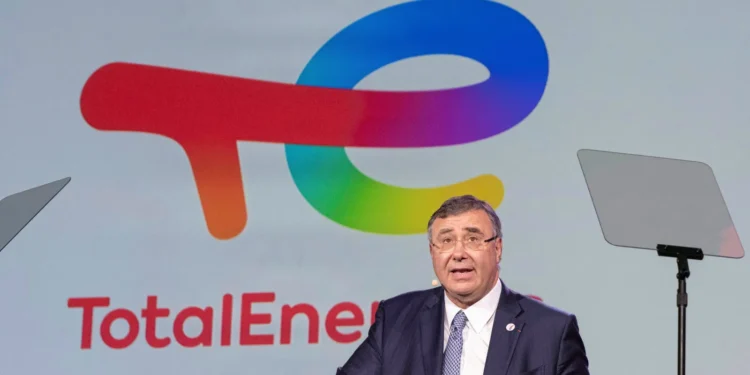Average consumer prices have risen for the second consecutive month in July after falling to a year-long low of 7.5% in May this year. According to the Ghana Statistical Service (GSS), July recorded a year-on-year inflation rate of 9.0%, a 1.2 percentage point higher than the rate of 7.8% recorded in June 2021.
The increment was largely influenced by the surge in food commodities in the month of July. However, the Government Statistician, Professor Samuel Kobina Annim stated that Transport and Housing were also major contributing factors to the rise in inflation, beside food commodities.
The overall Consumer Price Index (CPI) for July 2021 was 131.3 relative to 120.5 recorded in the corresponding month of 2020, implying that the general price level was 9.0% higher than July 2020.
Meanwhile, month-on-month inflation between June 2021 and July 2021 was 1.6%, a 0.3 percentage point higher than the 1.3% recorded in June. Ten Divisions recorded higher rate of inflation relative to same period last year and the rolling average of August 2020 to July 2021.
Food Inflation
Worryingly, food inflation has gone up significantly over the past one month, reflecting the shortage in some of the staple foods such as maize which resulted in price hikes. According to the GSS, Food inflation was 9.5% in July, 2.2 percentage points higher than June which recorded 7.3% food inflation. This is however, still below the average of 10.5% over the last 12 months.
Meanwhile, month-on-month food inflation went up by 2.0% in July forcing the contribution of Food to overall inflation to 47.0% in July, from 41.8% in June.
Among the food sub-class, tea recorded the highest year-on-year inflation rate of 14.4% in July. Meat, Dairy Products and Eggs was the sub-class with the second highest non-food inflation of 14.2%, followed by cereal products and Ready-made food with rates of 12.2% and 12.1% respectively. On the other hand, vegetables sub-class recorded the highest month-on-month inflation of 4.1% in July.
Non-Food Inflation
Unlike the previous month which recorded lower Non-food inflation, the tables seem to have turned in July this year. Non-food commodities recorded an inflation rate of 8.6% in July, lower than the 6.2 % recorded in June. However, it is still below the average over last 12 months of 8.9%. moreover, the month-on-month Non-Food inflation in July was 1.3%.
Notably among the non-food category is Transport whose contribution to overall inflation decelerates, decreasing from 18.1% in June to 14.3% in July even though the sub-class was still a major drier of overall inflation. In June, five regions recorded month-on-month Transport Inflation above 1%, with Upper West Region recording the highest overall month-on-month inflation of 4.4% whilst the Western and Central Regions recorded the lowest rates of 0.1%.

Furthermore, inflation for imported goods rose by 0.1 percentage points to 7.1% in July after declining to 7.0% in June from 7.3% recorded in May. Conversely, inflation for locally produced items recorded a massive jump to 9.4% in July from 7.9% recorded in June.
This means since May this year, inflation of locally produced goods have been on the rise, running counter to the country’s quest to encourage the patronage of made in Ghana products. The recent price developments further casts doubt on the likelihood of the government meeting its inflation target of 8.0% this year.























